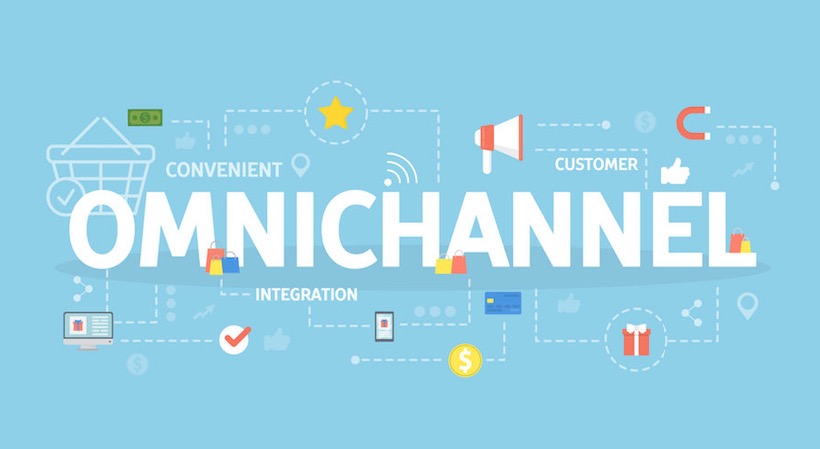One of the hottest topics in retail and e-commerce startups right now is the growing number of businesses pursuing omnichannel marketing strategies. Omnichannel, the combination of e-commerce and physical retail, began with e-commerce behemoth Amazon, which began using physical locations as extensions and support systems of e-commerce operations. Others soon followed, including Warby Parker, Shopify and more.
However, omnichannel isn’t just for major players anymore. The omnichannel movement has now spread from large e-commerce businesses to startups and will continue to grow throughout 2019 and beyond. While an omnichannel strategy has distinct advantages and can be an incredible marketing and brand awareness tool, it can be an expensive investment with limited payoff for businesses that aren’t the right fit.
So, how do you know if clicks to bricks is right for your business?
Related: Can E-Commerce and Brick-and-Mortar Stores Co-Exist?
Is an omnichannel strategy right for your business?
As with any major initiative, when evaluating whether or not omnichannel is right for your business, start with a thorough audit of what your startup’s goals are, what products you offer and whether or not these products or services are significantly enhanced by an in-person experience.
For example, at StickerYou, we offer customized, die-cut stickers. There is a large gap between ordering stickers online and feeling the quality of a sticker, or being inspired by the creativity of sticker designs right in front of you, which is why we are choosing to pursue an omnichannel strategy, opening a retail space in 2019.
On the other hand, for many products that are tangible or otherwise require an in-person interaction to truly appreciate the quality or usefulness of a product, a crucial essence is lost in online commerce. When customers can experience these products in real time, it can help drive brand awareness in a way that e-commerce simply can’t. Having a brick and mortar location not only allows customers to experience your products in person, it also opens up a host of opportunities for savvy e-commerce retailers.
From product and industry-focused workshops and events to gleaning in-person feedback from customers on products and services, a brick and mortar location can be a place for your brand to shine. If this sounds like a good fit for your business, the next step is to evaluate whether personal interactions with your product can benefit online sales.
Sign Up: Receive the StartupNation newsletter!
Do personal interactions boost your business’ sales?
When evaluating this benefit, consider the retail location as a channel that can push online sales rather than a store that is evaluated solely by traditional retail metrics. Your retail location works as both a store and an advertising space for your e-commerce business. As such, weigh the current per-click costs of online advertising against the potential costs of driving individualized shopping experiences through in-store brand interactions, drop-ins and walk-by traffic.
If these types of interactions can be considered as impressions, then a physical retail space can break even or operate at a loss and still be ROI positive, as long as it succeeds in driving increases in online sales and overall lowered cost-per-click ad spend.
If your retail space breaks even, all marketing value generated by the store could be considered as free. As long as the KPIs of retail marketing campaigns are equal to or less than that of the current online strategies for your business, then the omnichannel strategy pans out for you.
An omnichannel strategy may not be the answer for every e-commerce business. But for the right startup, it can be a powerful marketing tool as part of an overarching marketing strategy that drives online sales.






